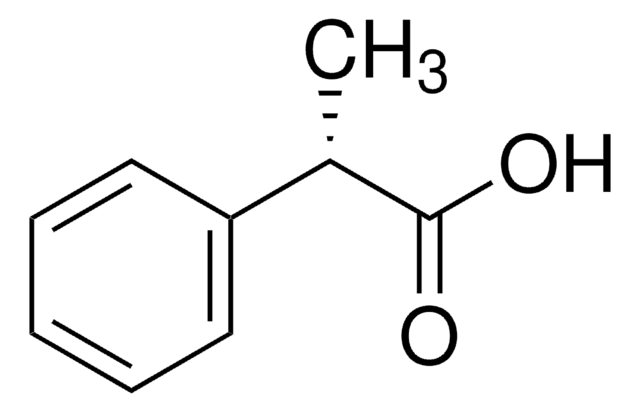372781
Poly(ethylene oxide)
average MV 1,000,000 (nominal), powder, hydroxyl, BHT as inhibitor
Synonym(s):
Polyethylene oxide, PEO
About This Item
Recommended Products
product name
Poly(ethylene oxide), average Mv ~1,000,000 (nominal), powder
form
powder
mol wt
average Mv ~1,000,000 (nominal)
contains
200-500 ppm BHT as inhibitor
viscosity
400-800 cP, 2 % in H2O(25 °C, Brookfield)(lit.)
functional group
hydroxyl
SMILES string
[H]OCCO
InChI
1S/C2H6O2/c3-1-2-4/h3-4H,1-2H2
InChI key
LYCAIKOWRPUZTN-UHFFFAOYSA-N
Looking for similar products? Visit Product Comparison Guide
Related Categories
General description
Application
Storage Class Code
11 - Combustible Solids
WGK
WGK 1
Flash Point(F)
Not applicable
Flash Point(C)
Not applicable
Choose from one of the most recent versions:
Already Own This Product?
Find documentation for the products that you have recently purchased in the Document Library.
Customers Also Viewed
Articles
In this article, we discuss issues critical to successful application of the electrospinning technique, including control of individual nanofibers to form secondary structures and assembly of nanofibers into 3D architectures.
In this paper, we discuss recent advances in the preparation of various TiO2 porous structures via hard and soft-templating routes. Specifically, we focus on recent developments in TiO2 mesoporous thin films in a combined sol-gel and evaporation-induced self-assembly (EISA) process.
Our team of scientists has experience in all areas of research including Life Science, Material Science, Chemical Synthesis, Chromatography, Analytical and many others.
Contact Technical Service

